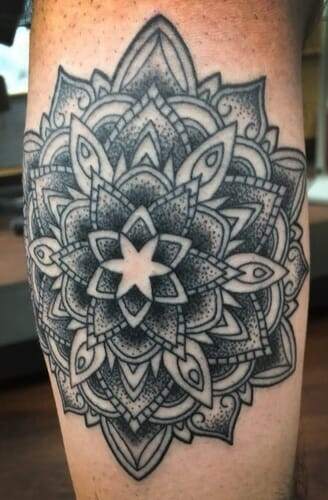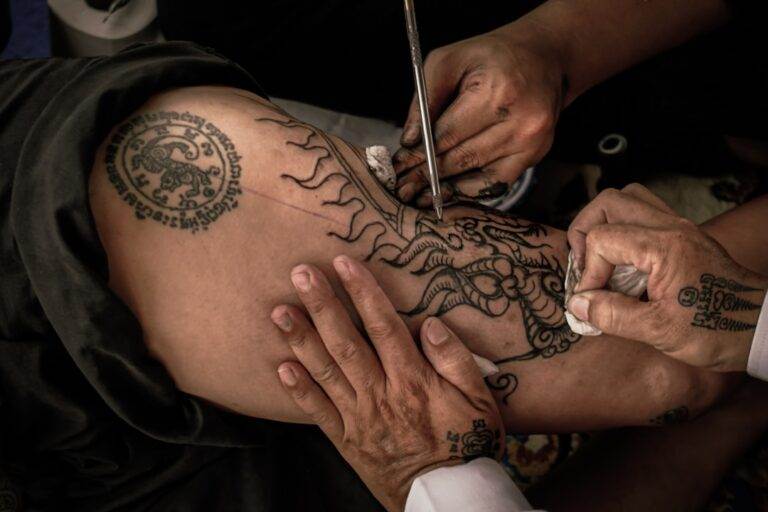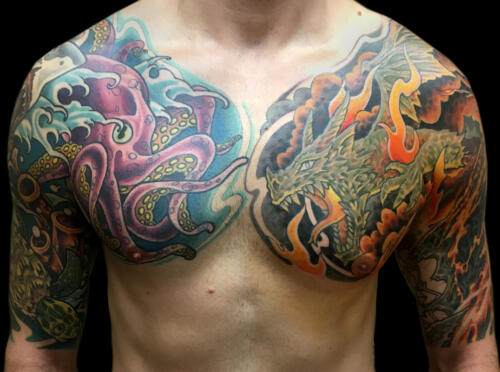
Traditional tattoos have been a part of human culture for centuries, serving as a form of self-expression, cultural identity, and spiritual significance. These tattoos hold immense cultural and historical value, representing the traditions, beliefs, and heritage of various communities around the world. It is crucial to preserve and celebrate traditional tattoo practices to honor the rich cultural tapestry they represent.
The History of Traditional Tattoos: Origins and Evolution
The practice of tattooing can be traced back thousands of years, with evidence of tattooed individuals found in ancient cultures such as Egypt, China, and Japan. These early tattoos were often associated with religious or spiritual rituals, serving as a form of protection or identification within the community.
Over time, tattooing techniques and styles evolved, reflecting the changing cultural landscape. In ancient Egypt, tattoos were primarily reserved for women and were often seen as a symbol of fertility and beauty. In Japan, tattoos were used to mark criminals as a form of punishment but later became associated with the Yakuza, the Japanese mafia.
Traditional Tattoos in Indigenous Cultures: Symbolism and Meaning
Indigenous cultures around the world have a long history of traditional tattoo practices that hold deep symbolism and meaning. For example, in Maori culture in New Zealand, traditional tattoos known as moko are seen as a sacred art form that represents a person’s genealogy, social status, and personal achievements.
Similarly, in Native American cultures, tattoos were used to tell stories and convey spiritual beliefs. Each design held specific meanings related to nature, animals, or ancestral connections. These tattoos served as a way to honor one’s heritage and connect with their ancestors.
Traditional Tattoos in Asian Cultures: Influence and Impact
Asian cultures have had a significant influence on modern tattoo culture through their traditional tattoo practices. In Japan, the art of tattooing known as irezumi has a long history and is deeply rooted in the country’s cultural heritage. Traditional Japanese tattoos often feature intricate designs of mythical creatures, flowers, and waves, symbolizing various virtues and beliefs.
In Southeast Asia, traditional tattoo practices such as sak yant in Thailand and hand-tapped tattoos in Borneo have gained popularity among tattoo enthusiasts worldwide. These tattoos are believed to offer protection, luck, and spiritual guidance.
Traditional Tattoos in African Cultures: Identity and Spirituality
Traditional tattoos in African cultures hold great significance in terms of identity and spirituality. In many African tribes, tattoos were used to mark important life events such as coming of age or marriage. These tattoos served as a form of personal identification within the community and were often seen as a symbol of strength and courage.
In some African cultures, tattoos were also used for spiritual purposes. For example, among the Berber people of North Africa, tattoos were believed to ward off evil spirits and protect the wearer from harm.
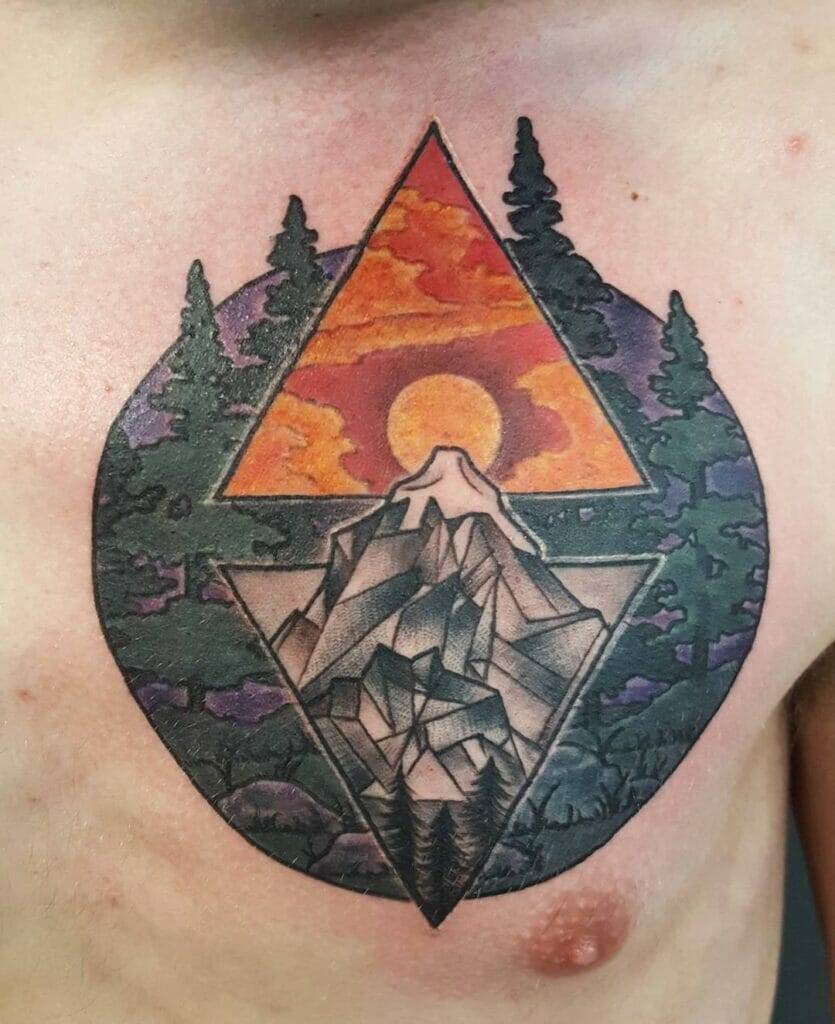
Traditional Tattoos in Polynesian Cultures: Artistry and Tradition
Polynesian cultures have a rich tradition of tattooing that is characterized by its intricate designs and symbolism. Traditional Polynesian tattoos, known as tatau or pe’a, are created using a technique called hand-tapping, where a comb-like instrument is dipped in ink and tapped into the skin.
These tattoos often feature geometric patterns and symbols that represent various aspects of Polynesian culture such as family, nature, and spirituality. Each design is unique to the individual and holds personal significance.
Traditional Tattoos in European Cultures: Heritage and Legacy
Traditional tattooing practices in Europe have a long history that dates back centuries. In Celtic cultures, tattoos were used to mark one’s social status or achievements. These tattoos often featured intricate knotwork designs that symbolized interconnectedness and continuity.
Similarly, in Scandinavian cultures, tattoos known as Viking tattoos were used to honor the gods and convey one’s bravery in battle. These tattoos often depicted mythical creatures such as dragons and wolves.
Traditional Tattoos in North American Cultures: Resistance and Resilience
In North American indigenous cultures, traditional tattoos have played a significant role in resistance and resilience. For example, among the Haida people of the Pacific Northwest, tattoos were used to tell stories and preserve cultural traditions. These tattoos often depicted animals, spirits, and ancestral figures.
During the era of colonization, traditional tattoo practices were suppressed by European settlers. However, in recent years, there has been a resurgence of interest in traditional indigenous tattoos as a way to reclaim cultural identity and celebrate indigenous heritage.
The Revival of Traditional Tattoos: Modern Interpretations and Adaptations
In recent years, there has been a revival of traditional tattoo practices around the world. Tattoo artists are incorporating traditional designs and techniques into their work, creating modern interpretations that pay homage to the cultural significance of traditional tattoos.
For example, artists may use traditional Polynesian motifs in their designs but adapt them to suit contemporary styles. This fusion of old and new allows for the preservation of traditional tattoo practices while also embracing the evolution of tattoo culture.
The Controversy Surrounding Traditional Tattoos: Cultural Appropriation and Misunderstanding
While the revival of traditional tattoos is a positive development, it is essential to address the issue of cultural appropriation and misunderstanding. Cultural appropriation occurs when elements of a marginalized culture are adopted by members of a dominant culture without proper understanding or respect for their cultural significance.
It is crucial for individuals to educate themselves about the cultural significance of traditional tattoos before getting them inked. This includes understanding the history, symbolism, and meaning behind specific designs and respecting the communities from which these traditions originate.
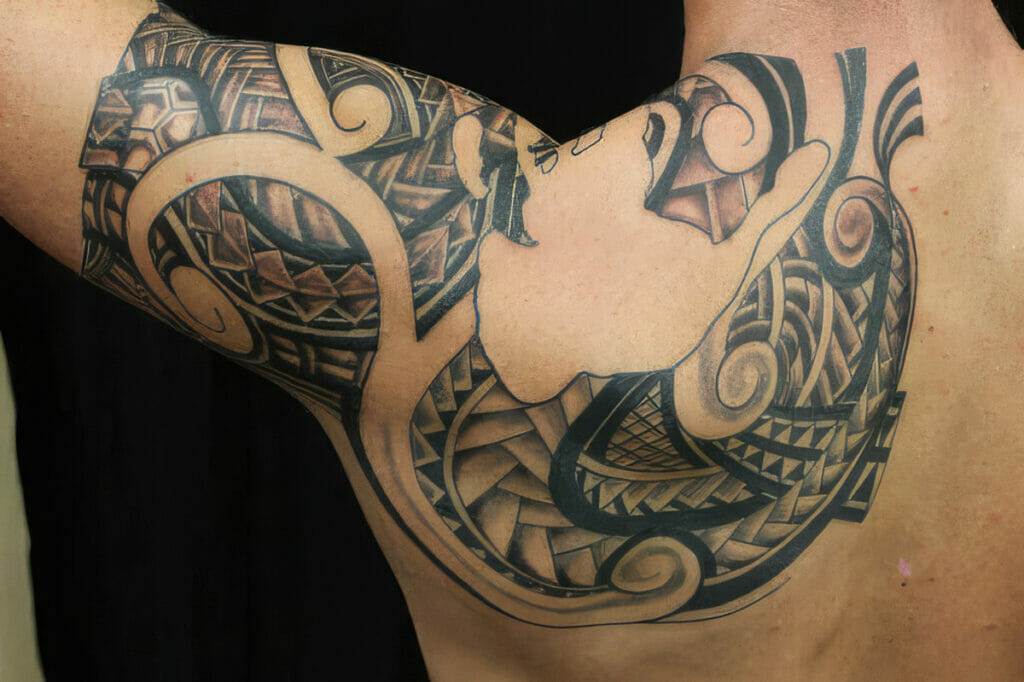
Preserving and Celebrating the Cultural Significance of Traditional Tattoos
Traditional tattoos are not just a form of body art; they are a living testament to the rich cultural heritage of communities around the world. It is our responsibility to preserve and celebrate these traditions, ensuring that they are passed down to future generations.
By respecting and understanding the cultural significance of traditional tattoos, we can foster a sense of appreciation and admiration for the diverse cultures that have shaped our world. Whether it is through getting a traditional tattoo or simply learning about the history and symbolism behind them, we can all play a part in preserving and celebrating this important aspect of human culture.




